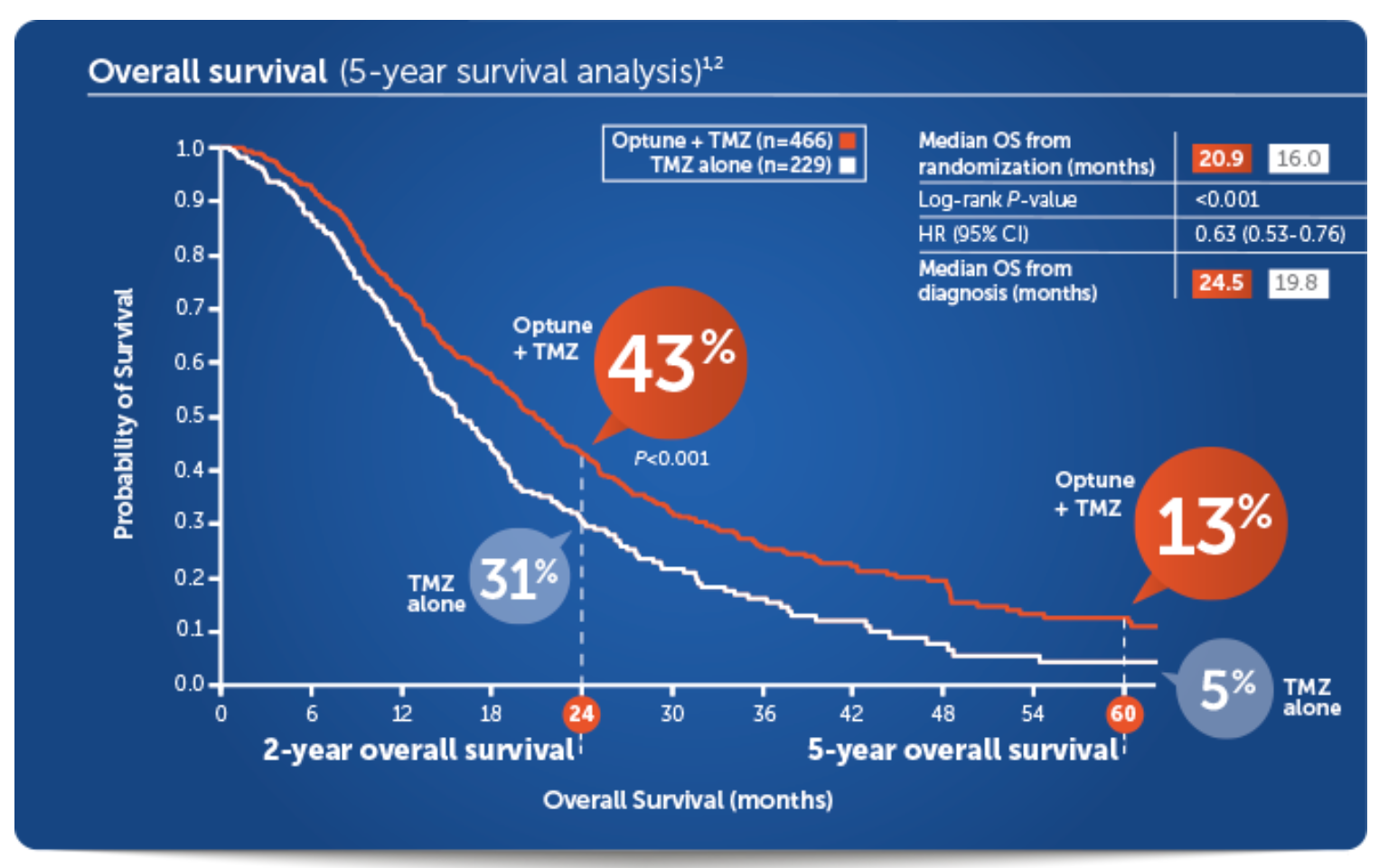Yes, most patients fail distantly, if locally advanced (stage III) or metastatic. Yet, with no major changes in therapy the median survival of stage III NSCLC has gone from 16 months (RTOG 9410) to 24 months (RTOG 0617). Why? PET-CT staging/stage migration? Or did the radiation technique actually get better and the old line "local control becomes more meaningful as systemic therapy improves". I don't know, but nobody has a great answer for this.
Saying it doesn't matter what dose (and I know you're just saying it to make a point) would mean that the optimal dose could be zero, as well, right?
But, 45/15 helps to improve survival. And we do know from older studies that 60/30 was considered "the dose" and nothing has really shown to be better otherwise. It is a lower BED than 60-66/30-33 with chemo, no doubt about that. It's a matter of how much you weigh the risk of distant vs local recurrence - and so the dose can be anywhere from 0 to 66 Gy. Most people, at this point in time, feel that 0 is the wrong dose. My logic is that some of these people will be cured. And to give them 45/15, to me, seems very low.
No, that is not supported by the data. In Gomez trial, in the non-consolidative local therapy arm, the MAJORITY of recurrences included in the index lesion. In the consolidative local therapy arm, the majority of recurrences were distant lesions only. Local therapy absolutely changes the patterns of failure in oligometastatic NSCLC.
Just to get the numbers from the initial Gomez paper (showing improvement in PFS) - 13 patients in LCT arm progressed, 10 were DM only, 1 was LR only, 2 were both. 3/13 patients failed locally. In contrast, in the no LCT arm, 6 had DM only, 4 had LR only, and 7 had both. 11/17 patients failed locally.
Granted, that is with median f/u of ~ 1 year, so the number of patients experiencing local failure is likely to go up. However, the issue at hand here is generally the development of isolated locoregional failure.
It's a balance of benefits of therapy vs the risks. Are patients who get upfront systemic therapy (which I generally favor before I put them through the toxicity of thoracic RT at any dose), especially with IT as front line in all patients, going to be at a higher risk of grade 3+ pneumonitis with 60-66 with chemo? I would argue, well yeah of course. Is there data that suggests patients who get 60-66 with chemo are doing better than patients getting 45/15? No. Is there data suggesting that these patients are recurring at such high rates locally with 45/15 (remember that they are getting maintenance systemic therapy) that dose escalation in this setting is warranted? Dose-escalation doesn't matter even in stage III NSCLC, but you're telling me it's going to matter in stage IV?
How about this scenario ...
54 yo attorney who smoked in her 20s for 5 years presents with cough/hemoptysis and 10lb wt loss (that she thought was intentional because she began to run 4 miles a day, 4 days a week). CT - 3cm suprahilar mass, and 2.4cm subcarinal node. EBUS and bx of subcarinal node proves to be NSCLC, adenocarcinoma. PET-CT shows the disease mentioned above, plus a 1.5 cm FDG avid left superior iliac lesion, MRI brain negative. Iliac lesion is biopsied and proven to be adenocarcinoma. She starts standard chemotherapy and after 4 cycles, PET-CT shows metabolic resolution, but the suprahilar mass is still 2cm and the subcarinal nodes is 1.5cm. You'd stop at 45 on this lady? And feel like you have given her best possible chance?
It seems pessimistic. Medical oncologists absolutely FLOG their patients. An extra 3 weeks of RT with good technique and minor excess toxicity compared to 45/15 seems reasonable... (don't worry, I have not forgotten the bone met).
The toxicity of doing this is quite real. 45/15 to a big chunk of mediastinum and esophagus is toxic. 60/30 to the same amount of disease would also be quite toxic. The patients you are seeing may be different than the patient's I'm routinely seeing that are in their 60s/70s with 10 mets at diagnosis, 3-4 left after chemo, with confluent mediastinal disease extending to contralateral mediastinum or SCV, and we're being asked to treat oligometastatic disease.
In your theoretical scenario, sure I would have a discussion of increased likelihood of toxicity with desire to be more aggressive, and given that she is the absolute best of the best I would probably go with 60/30. I've treated these patients with 60/30 with chemo if they only have say one site of disease and are healthy otherwise.
All I'm saying is that the vast majority of patients we're seeing for this are not the scenario you described, they have morbidities, more significant disease, or we're extrapolating Gomez to oligoprogressive patients as well, and I would not default to 60/30 with chemo for all of them. Would I treat unique scenarios with 60/30 with chemo? Sure, but that would not be my default dosing.




